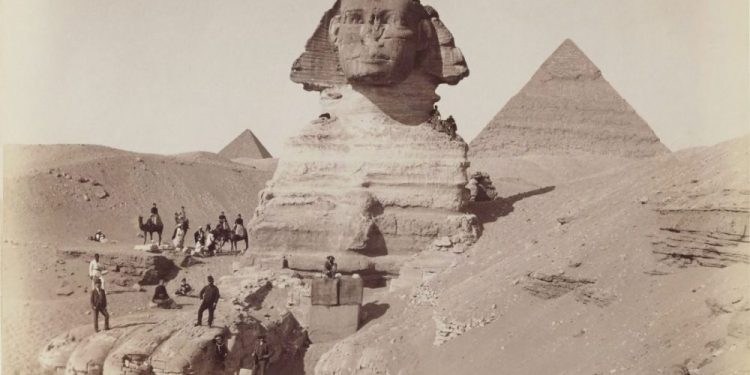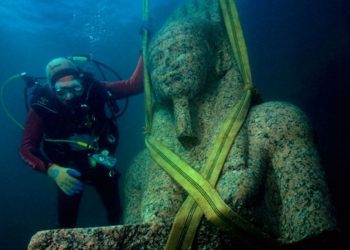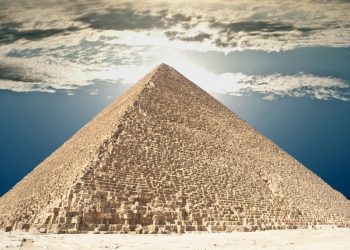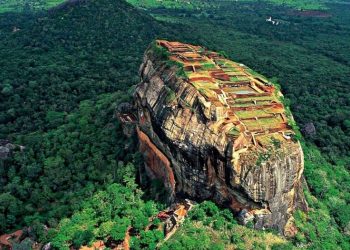Since the Great Sphinx of Giza is one of the most important statues on Earth, the oldest and most massive one, here are 30 fascinating facts about the Great Sphinx you’ve probably never heard about.
The Great Sphinx, also known as the Egyptian Sphinx, is one of the oldest and largest statues on the planet’s surface. Carved from a monolith into the plateau’s bedrock, the stunning monument is a statue of a reclining sphinx, a legendary creature proudly guarding the Giza plateau’s secrets. It is one of the most famous and most visited statues on Earth. It also happens to be one of the oldest.
And while many things about the Sphinx are well-known in history books, the truth is that a plethora of information is lacking. In this article, we bring 30 things about the Great Sphinx that are missing from our History Books.
30 Facts About the Great Sphin
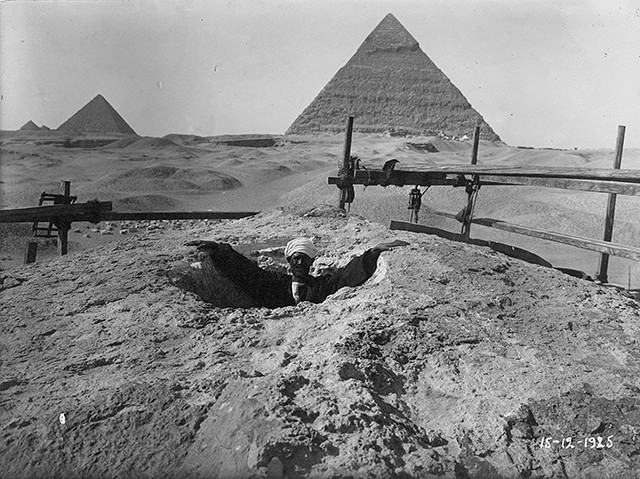
Construction Facts: Sphinx
The Sphinx was not built as many people believe. This majestic statue was carved into the plateau’s bedrock, which is also believed to have served as a quarry for the pyramids and other monuments in the area.
The Sphinx was specifically positioned on the Giza plateau to face the rising sun. This means that its builders wanted the Sphinx to be aligned. According to studies, the Great Sphinx is oriented east, facing the rising sun near the 30th parallel. Yes, the Sphinx is big. But did you know it is the world’s largest single-stone statue?
The majestic monument also has a temple next to it. Experts argue that as much as 200 tons of stone were quarried in ancient times to construct its temple. The true shape of the Great Sphinx remains a mystery to experts. However, we do know that the Sphinx once had a beard. Several pieces of it are located in the British Museum in London and the Cairo Museum.
There are two main theories about the shape of the Sphinx. Some authors argue that the Sphinx was initially shaped as the Jackal-Dog Anubis, the God of the Necropolis and that it had a face carved in the likeness of Pharaoh Amenemhet II.
Khafre, is that you?
But other experts argue that the Sphinx was shaped like a lion’s body and a human’s head. It is believed that the face of the Sphinx is meant to represent the Pharaoh Khafre.
This leads us to the Egyptological idea that the Sphinx was carved and shaped around 2500 BC for the pharaoh Khafre, the builder of the Second Pyramid at Giza. However, many experts disagree, suggesting that the Great Sphinx predates even the Pyramids.
Curiously, as noted by Selim Hassan, an Egyptian Egyptologist, writing in 1949 on recent excavations of the Sphinx enclosure, “there is not one single contemporary inscription which connects the Sphinx with Khafre; so, sound as it may appear, we must treat the evidence as circumstantial until a lucky turn of the spade of the excavator will reveal to the world a definite reference to the erection of the Sphinx.”
The only connection so far discovered connecting the building of the Sphinx to Pharaoh Khafre is a diorite statue of Khafre, which was found buried upside down along with other debris in the Valley Temple.
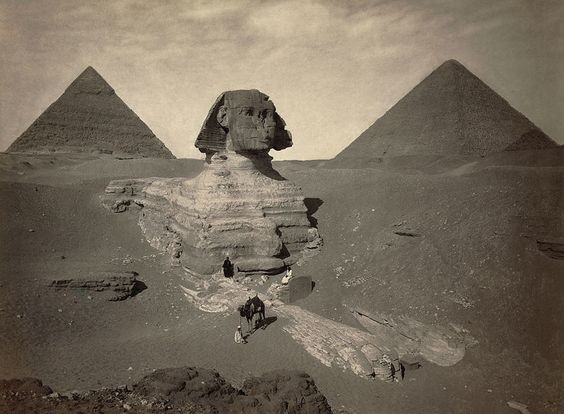
The Sphinx’s many mysteries
The Sphinx is so old that the ancient Egyptians called it an old statue. But just how old it is, remains a mystery.
Early Egyptologists who studied the monument argue that the Great Sphinx and associated temples predate the fourth dynasty rule of Khufu, Khafre, and Menkaure. This, in turn, means it is most likely older than the pyramids of Giza.
The Inventory Stela, excavated in 1857 by Auguste Mariette, founder of the Egyptian Museum in Cairo, suggests how Khufu came across the Sphinx, which was already buried in the sand footsteps of the pyramids.
The Sphinx has a stele called the Dream Stele, or the Sphinx Stele, erected in front of its paws. The Stele, however, may not be as old as the Sphinx itself.
The Dream Stele was erected by ancient Egyptian Pharaoh Thutmose IV in the first year of the king’s reign, 1401 BC, during the 18th dynasty.
French Egyptologist Gaston Maspero also argues that the Sphinx is far more ancient than many experts are willing to accept. In a survey of the Sphinx in 1886, the Egyptologist concluded that because the Dream stela showed the cartouche of Khafre in line thirteen, he was responsible for the excavation. Therefore the Sphinx must predate Khafre and his predecessors—possibly Dynasty IV, c. 2575–2467 BC.
Egyptologist’s View
Like many other experts, English Egyptologist E. A. Wallis Budge agreed that the Sphinx was ancient.
In fact, Sir Budge believed that the Sphinx predated Khafre’s reign. Writing in The Gods of the Egyptians (1914): “This marvelous object [the Great Sphinx] was in existence in the days of Khafre, or Khephren, and it is probable that it is a very great deal older than his reign and that it dates from the end of the archaic period [circa 2686 BC].
Going even further back in history, we find how the first-century writer Pliny the Elder wrote about the Great Sphinx in his Natural History, arguing that the Egyptians looked upon the Sphinx as a “deity” that had been passed over in silence and “that King Harmais was buried in it.”
The true name of the Sphinx remains a mystery. As noted by several early Egyptologists, it is impossible to identify the original name of the Sphinx, nor can we know what its creators called the statue.
The Great Sphinx does not appear anywhere in any known inscriptions from the Old Kingdom. Even more surprising is that no inscriptions anywhere describe how the Sphinx was carved and built, nor its original purpose. This is a massive mystery because the ancient Egyptians are famous for being exceptional record keepers.
According to ancient texts, the Egyptians called the Sphinx balhib and bilhaw. Around 1500 B.C.E., the Great Sphinx is thought to have been referred to as Hor-em-akht, which translates to Horus in the Horizon, Bw-How Place of Horus. Some scholars argue it was also called Ra-horakhty Ra of Two Horizons.
The name ‘Sphinx’ can be traced back to around 2000 years after the statue was allegedly carved, referring to an ancient Greek mythological beast with a lion’s body, a woman’s head, and the wings of an eagle.
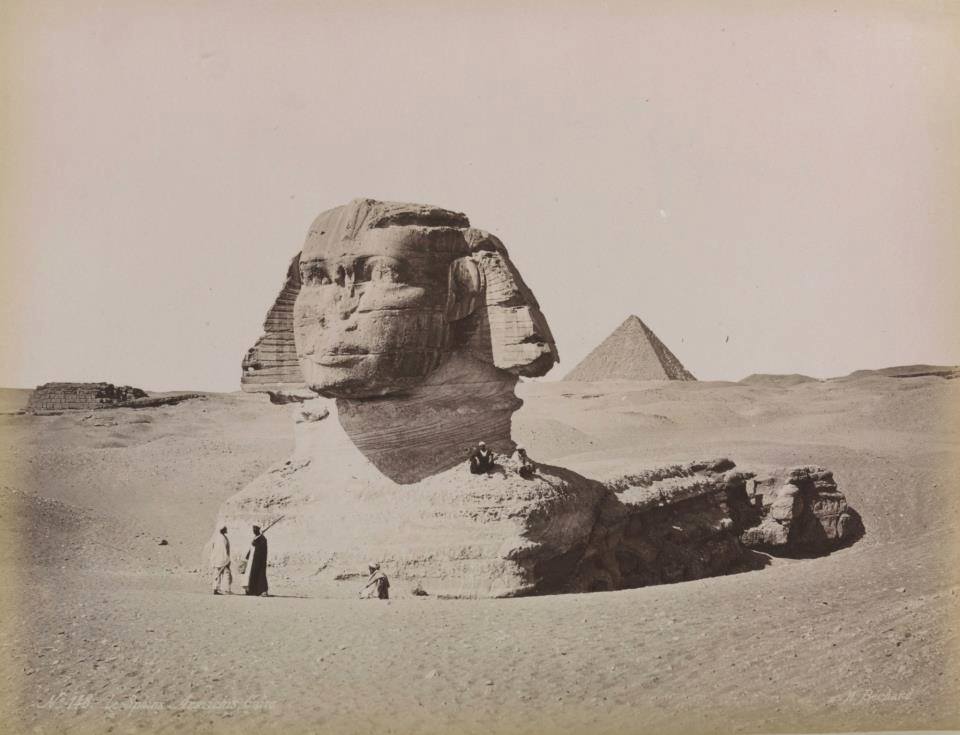
Excavations, restorations, and the modern Sphinx
During an unknown time, the Giza Necropolis was abandoned, and the Sphinx was buried nearly beneath Egypt’s golden sands. The first ‘documented attempt’ to excavate the Sphinx can be traced back to around 1400 BC when Thutmose IV, the eighth Pharaoh of the 18th dynasty of Egypt, gathered workers who excavated the Sphinx up to its paws.
It is thought that Ramesses II the Great undertook a second series of excavations.
But it wasn’t until 1817 when a modern archaeological dig, supervised by the Italian researcher Giovanni Battista Caviglia revealed the Sphinx’s chest completely.
The Sphinx looked very differently thousands of years ago than it does today. That’s mostly due to the numerous restorations that have taken place in the past few decades.
Entrances to the Sphinx
Early images of the Sphinx show several entrances leading into the massive statue. These entrances supposedly lead toward massive chambers and tunnels located beneath the Sphinx.
Charles Thompson, who studied the Great Sphinx in 1733, wrote about entrances and a “hole in the top of the back” of the Sphinx.
One of the more interesting studies was performed in 1987 when a Japanese team from Waseda University (Tokyo), led by Sakuji Yoshimura, conducted an electromagnetic survey of the Khufu Pyramid, the Great Sphinx.
Experts discovered three that are worthy of mention that support the idea that vast chambers and tunnels exist beneath the statue: 1. South of the Sphinx. The Japanese pointed out the existence of a hollow 2.5 m. to 3 m. underground. In addition, they found indications of a groove on the Sphinx body that extends beneath the Sphinx. 2. North of the Sphinx.
The Japanese researchers discovered another groove that was found to be similar to the southern one, possibly indicating that maybe there is a tunnel underneath the Sphinx connecting the south and north grooves. 3. In front of the two paws of the Sphinx. The experts discovered another hollow space below the surface, about one m. to two m.
Join the discussion and participate in awesome giveaways in our mobile Telegram group. Join Curiosmos on Telegram Today. t.me/Curiosmos



